AnRept 2021
AnRept 2021
_//root: "Annual Report" From an archaic system invented circa 1903; document that enables companies to report corporate activities from the preceding year.The last time we wrote a report like this, we were still coming to grips with COVID-19’s ramifications on communities, health, economy, and environment. The pandemic was concrete proof of the importance of GoFA’s mission and work. The reason (rinsed and repeated from our 2020 Annual Report): “the myriad of broken systems that have been blatantly exposed in a year of monumental upheaval, trauma, and tragedy.” In short, as the virus mutated and strengthened, so did our resolve.
At the risk of sounding smug, without the work of future architects and kindred communities, the world will not succeed at breaking the cycle of imbalance that we live in. As a young organization focused on systemic change, we’re simultaneously regenerating our operational processes and building better futures, beginning with our leadership. Our initial non-profit denomination, with its traditional leadership structure, helped us quickly establish credibility. But long-term, even short-term, we knew that we needed to evolve toward a leadership structure unhampered by the restricted purview that board members have to exercise impactful influence, the drawbacks of executive (versus collaborative) leadership, and the predictable power dynamics with funders. These were all too limiting for our nascent organization.
We are not the first organization to explore collaborative leadership structures. Search online and you’ll find an overwhelming number of articles, blogs, research papers, and consulting firms offering opinions on forward-looking leadership models that maximize collaboration, innovation, adaptability, and inclusion. In reconfiguring our new leadership, we tried to avoid old templates as much as possible. Interrogating existing systems, after all, is at the heart of GoFA. As exhausting as it may be, we believe it is the only way forward given the scope of transformation required to find a truly different path forward.
For inspiration, we turned to biology: a living system that reflects how nature has solved similar challenges over the last five billion years. We zeroed in on the ways in which natural systems are inherently built around symbiotic wholeness. During our leadership co-creation discussions, we revisited several fundamental questions:
What is the true value proposition for members? What organizational model provides that value while maintaining financial sustainability? How do we reconcile features of a non-profit structure with our vision of a member-designed, collaboratively-governed Guild?
A core tenet of future architecture is that no work product has a single author. Instead, we acknowledge the process and value of co-creation in its many manifestations. In keeping with this principle, GoFA is evolving its leadership model from a single executive director to a regenerative leadership system (RLS) within which multiple members will comprise the regenerative leadership team (RLT). Our approach is to create a pathway that provides GoFA members with the opportunity to rotate into the RLT. This way, we ensure diversity and fresh viewpoints while balancing continuity. This structure positions up to two members of the team as the keepers of vision and community; the remaining members come together as a strategic and operational cohort to manage the day-to-day execution of our work.
There are no hierarchies of power or rank. Instead, we elevate vision, spirituality, accumulated wisdom, practical knowledge, lived experience, decision-making, and connectivity within the RLS. While we are aware that some among us have subject-matter-expertise on certain topics and lean heavily into those perspectives, we also recognize that encouraging different points-of-view enables the very dot-connecting leaps that are unique to future architects. When it comes to rubber-hitting-the-road decision-making, GoFA “moves at the speed of trust.” Nowhere is that more evident than in the RLS. In order to avoid operational gridlock, we adhere to the principle of decision-making through trust. The higher the degree of trust among RLT members, the less necessary it is for anyone to “be in the room where it happened first” as decisions are made.
We anticipate that our active prototype will enable more members to assume leadership positions in 2022 via a transition process that provides continuity, bequeaths wisdom for coalescing the spirit of our community, all the while garnering support for one another's growth as we find our rhythm as a living, breathing organism. We are confident this new RLS will help us fulfill the potential of GoFA’s 100-year vision.


Wait, there's more!
A calendar, no matter how beautifully designed, is still a calendar. It’s hard to see the lessons, takeaways, epiphanies, high-fives, and moments of clarity, confusion, and re-evaluation. Allow us to walk you through some of them.
We started new experiments
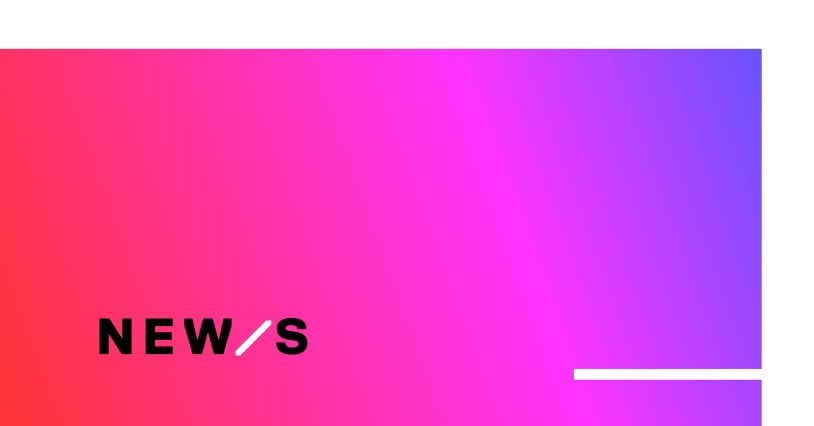
We launched the New/s Initiative, led by Jessica Clark, who worked alongside Farai Chideya (Ford Foundation’s journalism program officer) to conduct relevant research. This three-year pilot program focuses on the future of journalism, especially as it relates to BIPOC makers and communities; women; LGBTQIA+; and other underserved people. How can foresight drive transformation? How can DEI initiatives move from prioritizing share-of-voice toward deepening belonging for all? How can journalism move from its current state of frantic 24/7 reaction to one of intention and connection? While attempting to answer these questions, the New/s Initiative also identifies future architects in the field to help cultivate their practices as individuals and within Shared Futures. The work to date includes:
We announced the initiative and wrote a series of posts on GoFAR — GoFA’s Medium channel — outlining how the practice of future architecture might help drive transformation and elevate diverse talent in news and nonfiction media. We researched and analyzed relevant gaps/competitors/allies in the journalism field; reviewed existing materials for GoFA’s incubator and learning programs; and determined how to tailor them to support news/media collaborations. We’re constantly scanning trends and resources related to DEI in journalism, with an eye towards creating resources for incubator programs.
We designed and launched a prototype incubator for Shared Futures in journalism with a mission to jumpstart innovative member-led news projects by women, BIPOC, and LGBTQIA+ media makers. Unlike typical media incubators, GoFA imagines the future we are trying to achieve, while also supporting reparative journalism, advocacy journalism, and solidarity reporting. The incubator included two teams:
- The IF Lab Newsroom: Tayyib Smith, GoFA member and co-founder of Philadelphia-based entrepreneurship hub IF Lab, is working with his team to incubate the concept of a newsroom staffed by a mix of experienced Black and Brown journalists collaborating with youth aspiring to work in media.
- HBCUx: Erin Michelle Washington, GoFA member and founder of Atlanta-based creative content space SoulCenter, and an assistant professor at Spelman College, is working with her team to incubate a project designed to rewrite the story of arts graduates from seven Historically Black Colleges and Universities (HBCUs) to create a more liberating narrative.
We continue to make presentations and lead public conversations about news futures at MIT’s Open Documentary Lab and Newsgeist, among other venues.
We have identified members of the Guild actively engaged in this work to map network power, impact and knowledge; and continue to seek out ways to support their work as future architects in the field.
We prototyped a new initiative called GoFA Press. The aim is to create publications that further the mission of GoFA through narrative/nonfiction storytelling, journalism, pedagogy, and research. Designed to be an experimental agitator, GoFA Press raises provocative questions such as:
- Can we achieve financial viability if we care more about finding the writer’s true voice than tailoring publications for commercial appeal?
- Can we practice co-creation while maintaining curatorial and editorial rigor?
- Can we manage IP differently with regard to ownership and attribution?
- Who should “own” GoFA Press? GoFA, writers, readers, or all of the above?
We experimented with the following digital and print publications to share the collective wisdom of our community, as well as patiently poking at the above issues:
A toolkit for inclusion practices in emerging media, aligned with GoFA principles of creative foresight and co-creation.
An online publication of speculative narratives, Shared Futures, partner and member learnings, creative offerings, and other writings that contribute to GoFA’s idea and knowledge base.
A publication commissioned by Omidyar Network about four key areas of focus for designing better systems, generated by 12 months of GoFA programming with a large range of stakeholders.
GoFA founder Sharon Chang’s future memoir (autobiography and speculative future) about the making of a future architect.
An anthology of alternate histories and speculative futures that emerged from a special edition of GoFA’s Futurist Writers’ Rooms in collaboration with the general public.
The Guild of Project Finishers is a weekly gathering of members to support the momentum of Shared Future development and individual future architects' creative work. The big news here is that the formation of this group marks the first-ever member-initiated and member-managed effort to strengthen the practice of future architecture now moving into its second year.
We deepened our learnings
After two years of prototyping, we fine-tuned our learning programs to make them more useful and fruitful. Our myriad explorations with Doris Duke Building Bridges, Pop Culture Collaborative, and our very own New/s Initiative all contributed to a deeper understanding of how to bridge the theory and practice of future architecture. Building on this solid foundation, we are ready to invite members to introduce their own practice related to GoFA’s five pillars of practice:
It goes without saying that the power of storytelling is a critical ingredient of architecting more equitable futures. But the lines between story and reality are often blurred by differing perspectives and contexts. Who is telling the story? When does it take place? Why is it important? How is it told? In our practice of future architecture, we invite voices that represent a wide spectrum of biological and biographical backgrounds to create speculative narratives in order to expand our collective imagination, recast old stories, and build more ethical futures.
We work toward understanding the deep complexity of regenerative systems so we can innovate and craft new conditions to achieve balance. Just as an ecosystem adapts to changes through intelligent evolution, societies develop paradigms, principles, and frameworks to guide how we build relationships, communities, and institutions that operate at nested scales. The better we leverage complexity in systems, the more successful we will be at regenerating resources for more equitable distribution.
Capitalism is a powerful engine of economic growth, but it also creates inequality. Our approach? Co-design systems where community well-being is prioritized for stakeholders across the ecosystem. This kind of coordinated strategy works to identify reciprocal actions and acknowledges the existence of multiple pathways toward a shared future. When viewed through this lens, business success and healthy competition can align with what is best for companies and communities.
To be a future architect is to work tirelessly on integrating interior and exterior notions of a beautiful world. Transcending political, socioeconomic, and cultural limitations requires individuals to have the personal tools for inner development and self-actualization alongside expanded core competencies of empathy and equity.
Collaboration may be a tired buzzword, but very few people know how to co-exist peacefully, let alone work together effectively. In order to collectively design just, equitable, and regenerative systems, we need to continuously hone our ability to increase the quality of our interactions in any group setting, as the capacity for co-creation is directly proportional to group cohesion. This also means having the hard conversations that are often glossed over.
We expanded our ecosystems
Despite the pandemic, 2021 was filled with exciting partnerships including GoFA members’ burgeoning Shared Futures as well as collaborations with external organizations. We initiated a range of unconventional activities that demonstrated how Shared Futures can simply mean, “the collaborative work of practicing future architecture.”
One of our co-creation projects from 2020 explored the future of blackness through the lens of Octavia Butler’s works. We launched the project online rather than live due to pandemic restrictions. Traveling the Interstitium with Octavia Butler premiered at Sundance and garnered significant visitor interest and press visibility.
GoFA members screened and exhibited multiple projects and participated in thought leadership panels on numerous subjects at the 2021 Sundance Festival.
Created and hosted by award-winning journalist Farai Chideya, Our Body Politic is unapologetically centered on reporting on not just how women of color experience the major political events of today, but how they're impacting those very issues. We regularly participated in a segment focused on creative foresight.
Co-created by GoFA members, and in partnership with the Rockefeller Foundation, the FoodxFilm Festival aims to address the future of food both in terms of scarcity and abundance with an eye toward building sustainability, fairness, and systems transformation.
For Freedoms, The Wide Awakes, GoFA, and 10+ other organizations united to raise over $250k, modeling new horizons of ecosystem funding through a joint Kickstarter campaign.
As a Shared Future, AI for the People went from concept to reality in a relatively short period of time — team staffed, operation funded, business model prototyped — thanks to the incredible dot-connecting power within the GoFA community of practice.
We partnered with the LA Music Center to facilitate a co-creation program that catalyzes the imagination and innovation of artists, residents, and other stakeholders to design ideas for the future of culture in Los Angeles.
Seven GoFA members joined up to lead an AI Symposium with the College of Arts at the University of Florida, the first “AI University” with ownership of the 2nd most powerful supercomputer in the US.
We launched an application process for GoFA members to apply to be a Futurist in Residence and successfully positioned one member at the Robert Wood Johnson Foundation in 2022.
Future Architecting
in Real Time
We believe that an organism cannot function collectively unless every cell in its structure is equally vital. To prove it, we conducted an experiment to see what would happen if every GoFA member shared their work in progress in real time. Using a rudimentary Padlet prototype, we asked members to submit highlights, celebrations, milestones, and reflections. The response almost broke our UX and quickly became a harbinger of future iterations. This simple experiment gave us the confidence to begin envisioning an interactive relational interface of the GoFA organism (find out more in the “03. Evols” section below). Here’s a snapshot of what we gathered within a few weeks in December 2021:
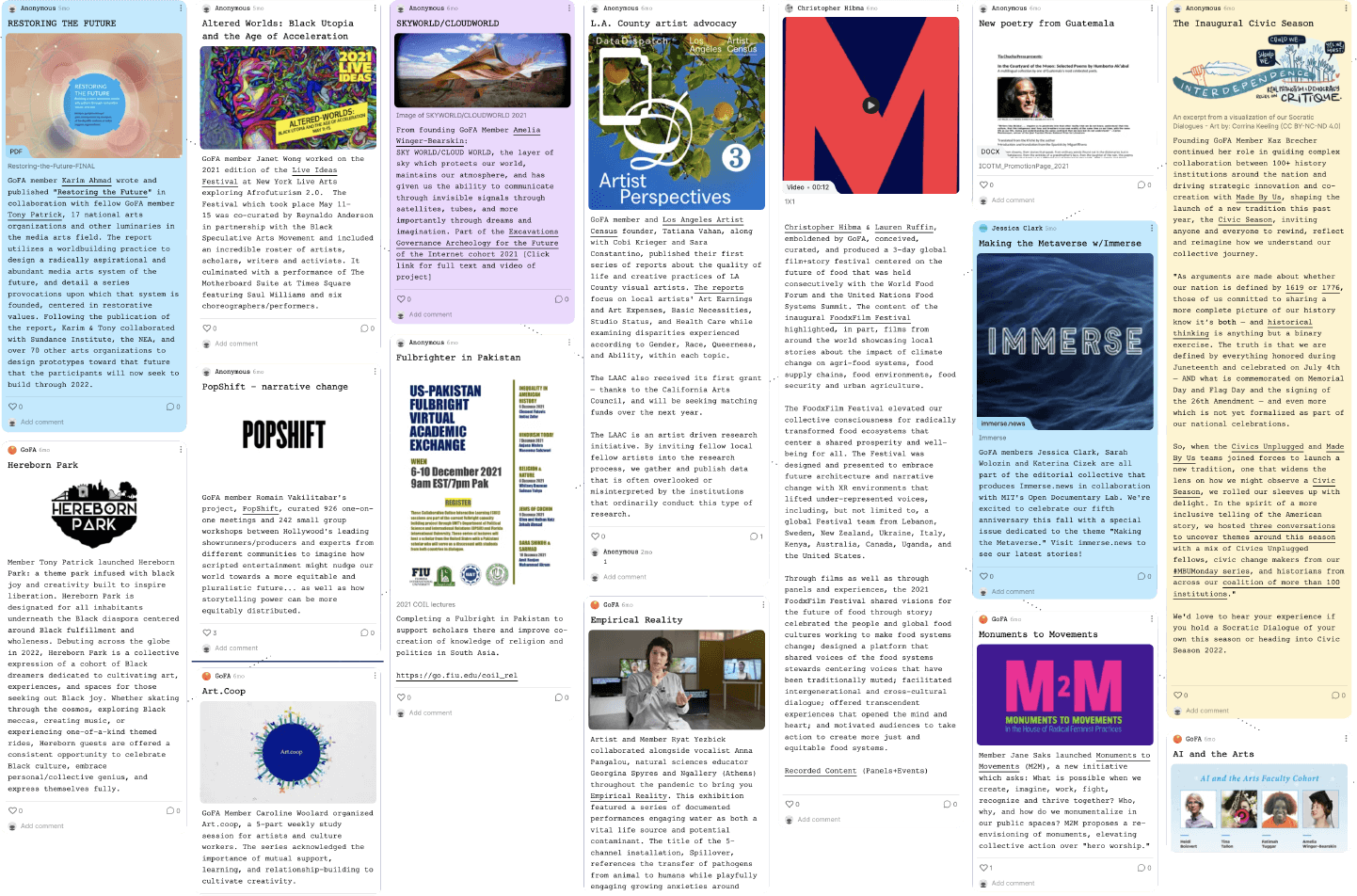
Membrane
Shared Futures are
active manifestations
of future architecture
- Adam
Huttler - Ahmed
Best - Aisha
Shillingford - Alex
McDowell - Alexander
Porter - Alexandra
Johnes - Alfredo
Salazar-Caro - Aliya
Latif - Allyson
Green - Amatus
Sami-Karim - Amelia
Winger-Bearskin - Andrea
Steele - Andrew
Kircher - Andrew
Wagner - Andy
Horwitz - Anita
Rao - Anna
Rose
Hopkins - Ari
Kuschnir - Ari
Melenciano - Ashley
Jane
Lewis - Ashley
Sparks - Ayana
Elizabeth
Johnson - Barry
Threw - Barton
Lynch - Bayete
Ross
Smith - Bristol
Baughan - Bruce
Grover - Caitlin
Conlen - Cara
Mertes - Carmen
Aguilar
y
Wedge - Carol
Dysinger - Caroline
Woolard - Cedric
Tai - Chid
Liberty - Christie
George - Christopher
Hibma - Cidney
Hue - Claudia
Peña - Daniel
Agold - Danielle
Oexmann - Darius
Loghmanee - David
Bickham - Dedren
Snead - Diego
Galafassi - Donna
Morton - Efe
Kabba - Eli
Pariser - Elissa
Moorhead - Elizabeth
Webb - Emilie
Baltz - Eric
Gottesman - Erin
Washington - Ernst
Valery - Errol
King - Esther
Maloney - Felami
Burgess - Gustavo
Rincon - Hank
Willis
Thomas - Hannah
Jayanti - Heidi
Boisvert - Hussein
Rashid - Idris
Brewster - Iqbal
Akhtar - Jacob
Ellenberg - Jake
Sally - Jane
Saks - Janelle
Roxann
Stafford - Janet
Wong - Janice
Duncan - Jasmine
Maze - Jason
Milstein - Jeffrey
Abramson - Jen
Wilson - Jennifer
Brandel - Jeroen
de
Lange - Jess
Engel - Jess
Ingram - Jesse
Fleming - Jessica
Clark - Jheanealle
Brown - Jillian
Mayer - Joe
Brewster - Jordan
Luftig - Josh
Nesbit - Juan
Diaz - Julia
Kaganskiy - Justin
de
Leon - Kadallah
Burrowes - Kamal
Sinclair - Karim
Ahmad - Karim
Ben
Khalifa - Kat
Cizek - Kate
Digby - Katherine
Wilsno - Kaz
Brecher - Kemi
Ilesanmi - Kenric
McDowell - Kevin
Cunningham - Kristin
Coates - Lafayette
Cruise - Laia
Balasubra-manian - Lauren
Ruffin - Laurie
Polisky - Leila
Behjat - Lily
Baldwin - Lisa
Dent - Lisa
Lomax - Liz
Rosenthal - Loc
Dao - Lyel
Resner - M
Rako
Fabionar - Madebo
Fatunde - Madelynn
Martiniere - Mae
Badiyan - Malachi
Benjamin - Marina
Zurkow - Marisa
Morán
Jahn - Mark
Beam - Mark
Gonzales - Mark
de
Groh - Martin
Pettis - Marvin
Scott - May
Lee - Maya
Puig - Melinda
Weekes-Laidlow - Melissa
Painter - Meredith
Whittaker - Mia
Harrison - Micheline
Berry - Michelle
Woo - Michèle
Stephenson - Miguel
Rivera - Mikhael
Tara
Garver - Milo
Talwani - Mitchell
Little - Mutale
Nkonde - Nancy
Baker
Cahill - Natalie
Gosnell - Navid
Khonsari - Nayeli
Rodriguez - Nick
Fortugno - Nitzan
Hermon - Olivia
Powell - Oona
Eager - Paisley
Smith - Paloma
Lopez - Par
Parekh - Paulien
Dresscher - Que
Mykte
Newbill - Rafi
Segal - Rahdi
Taylor - Rasu
Jilani - Raymond
Miranda - Rebecca
van
Bergen - Richard
Kelly - Richard
Perez - Rigoberto
Lara
Guzmán - Riley
Wong - Robert
Sinclair - Robyn
Cornish - Roderick
Schrock - Romain
Vakilitabar - Rosa
Weinberg - Ruby
Lerner - Ruha
Benjamin - Ryat
Yezbick - Sabrina
Dorsainvil - Saelyx
Finna - Safiya
Noble - Sage
Crump - Salome
Asega - Sam
Osoro - Samara
Gaev - Sandi
DuBowski - Sarah
Dickinson - Sarah
Ellis - Sarah
Wolozin - Sean
Ansett - Sharon
Chang - Shawn
Peters - Skawennati
Fragnito - Stephanie
Dinkins - Stephanie
Lepp - Stephen
Ray - Sydney
Skybetter - Tahir
Hemphill - Takaaki
Okada - Tao
Leigh
Gaffe - Tash
Naveau - Tatiana
Vahan - Tayyib
Smith - Terence
Nance - Terry
Marshall - Thomas
Debass - Tony
Patrick - Trista
Harris - Usha
Venkatachalam - Vassiliki
Khonsari - Vero
Ballow - Wendy
Levy - Wilneida
Negrón - Yance
Ford - Yasmin
Elayat - Zeina
Abi
Assy
Portals
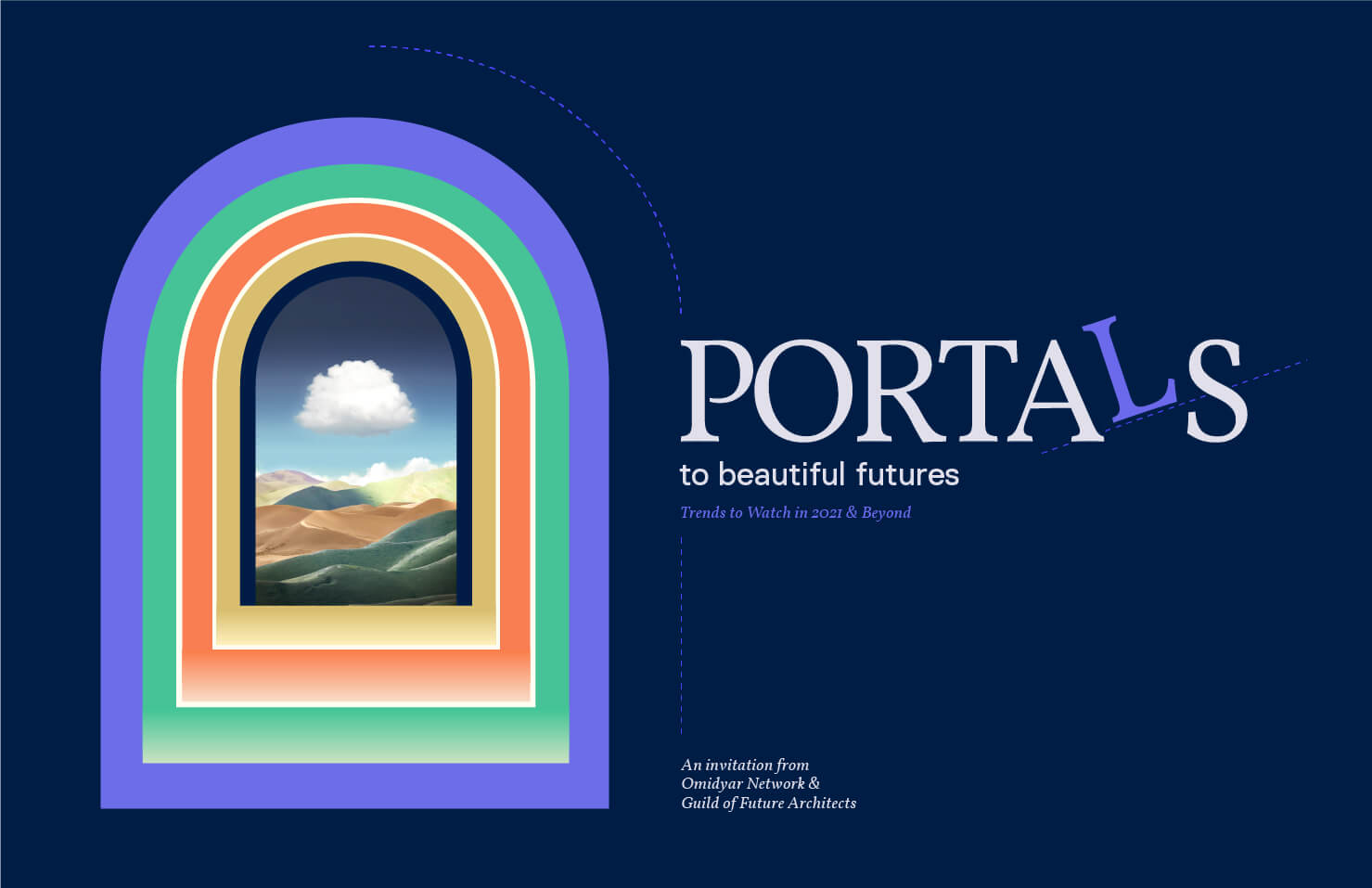
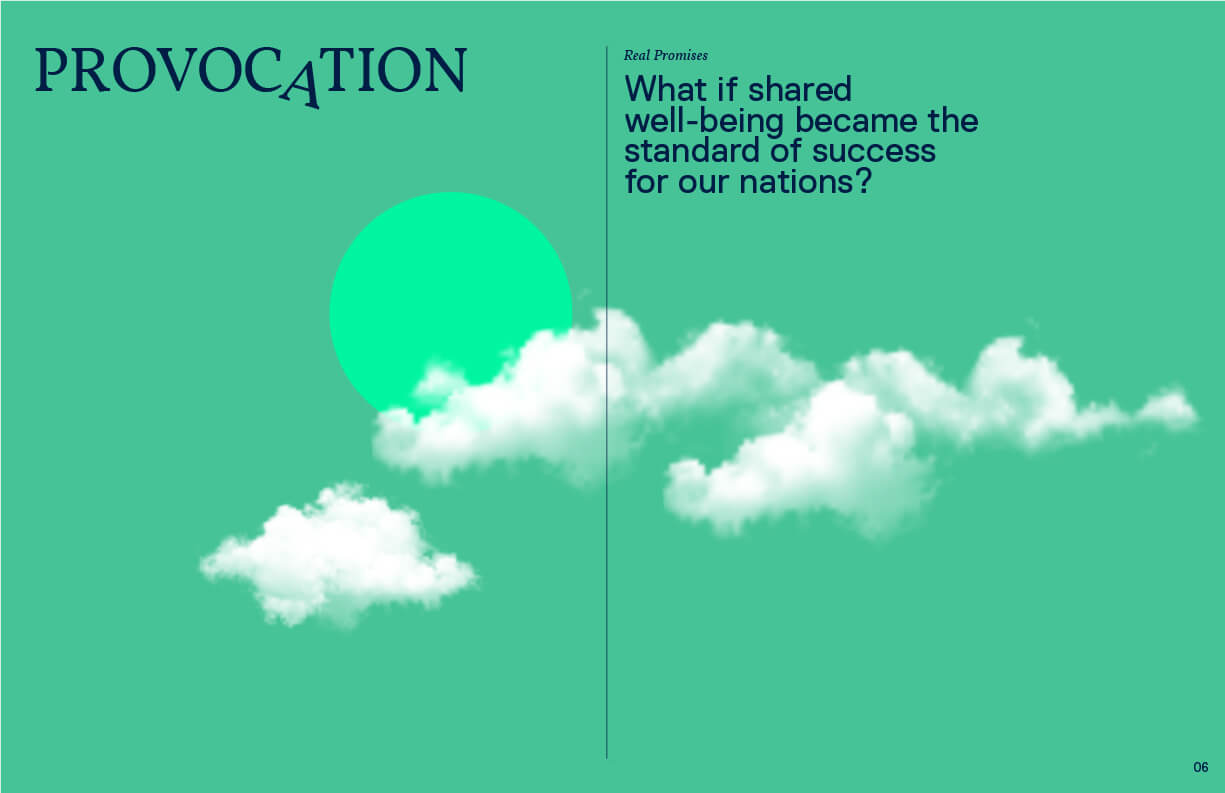

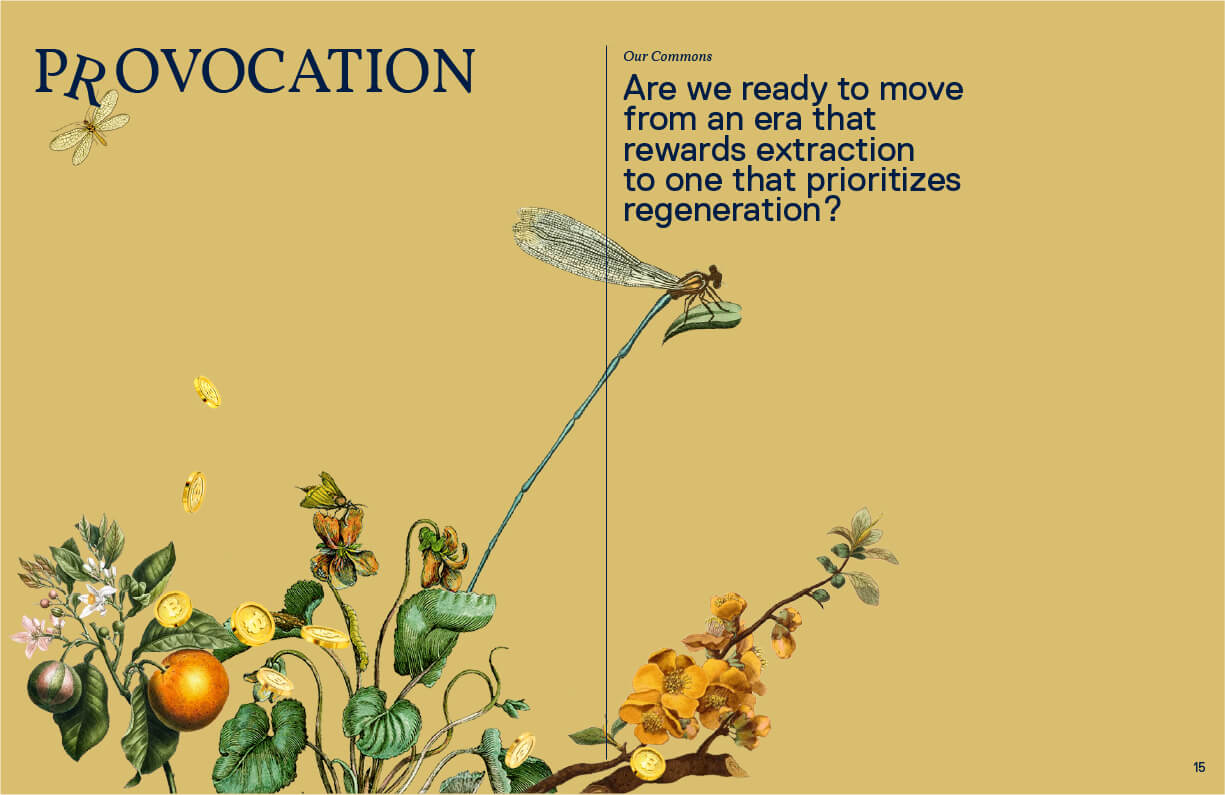
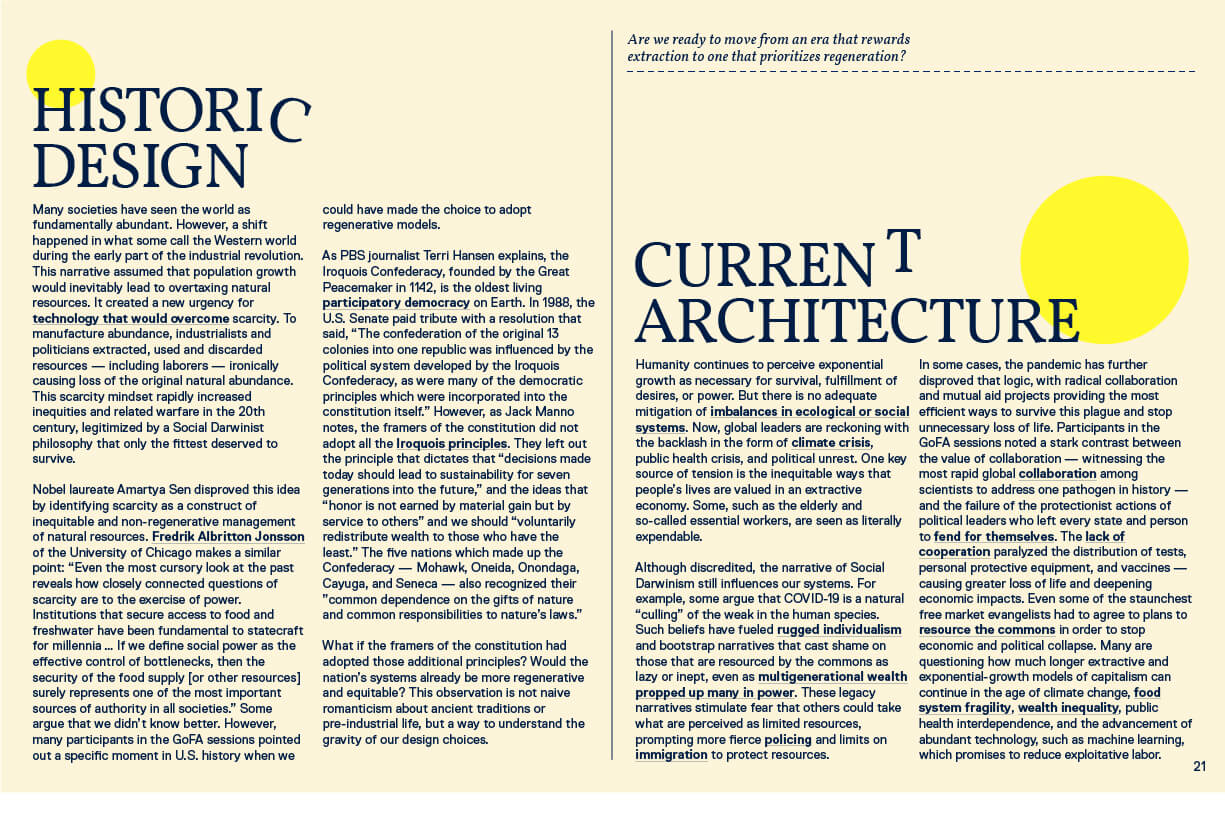
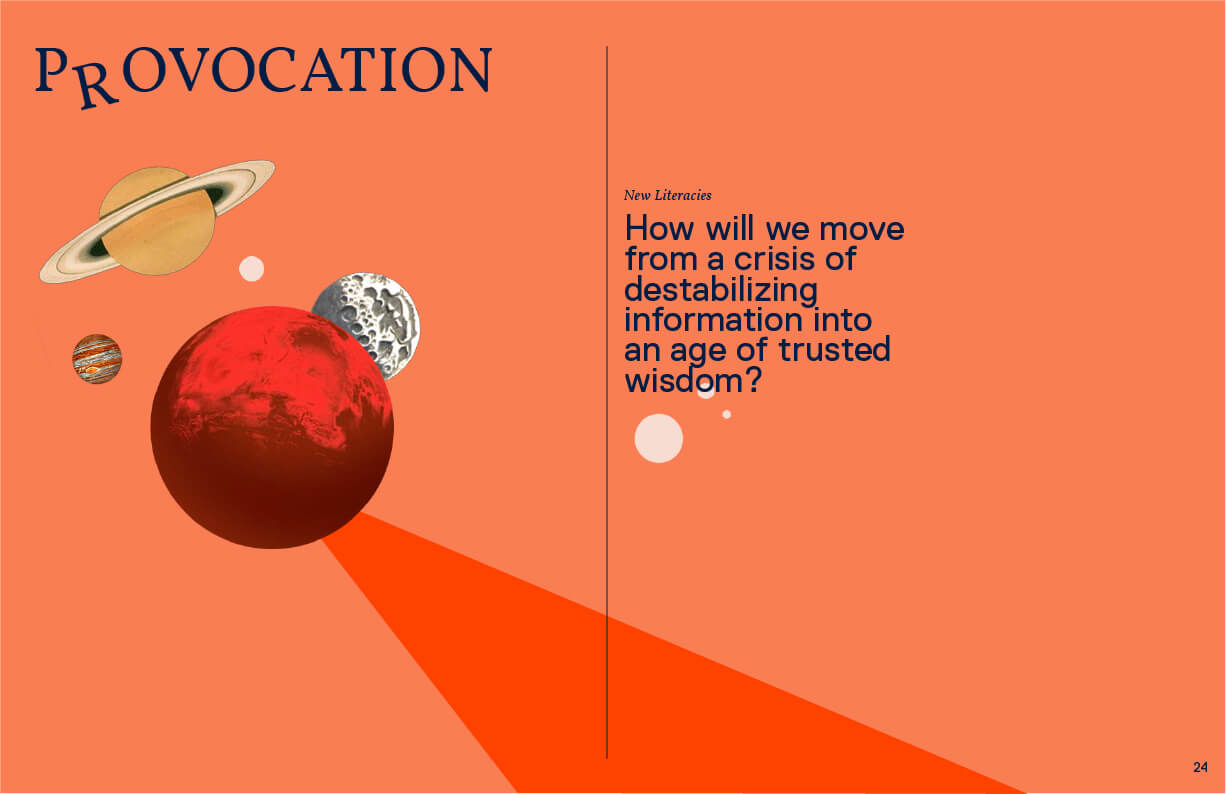

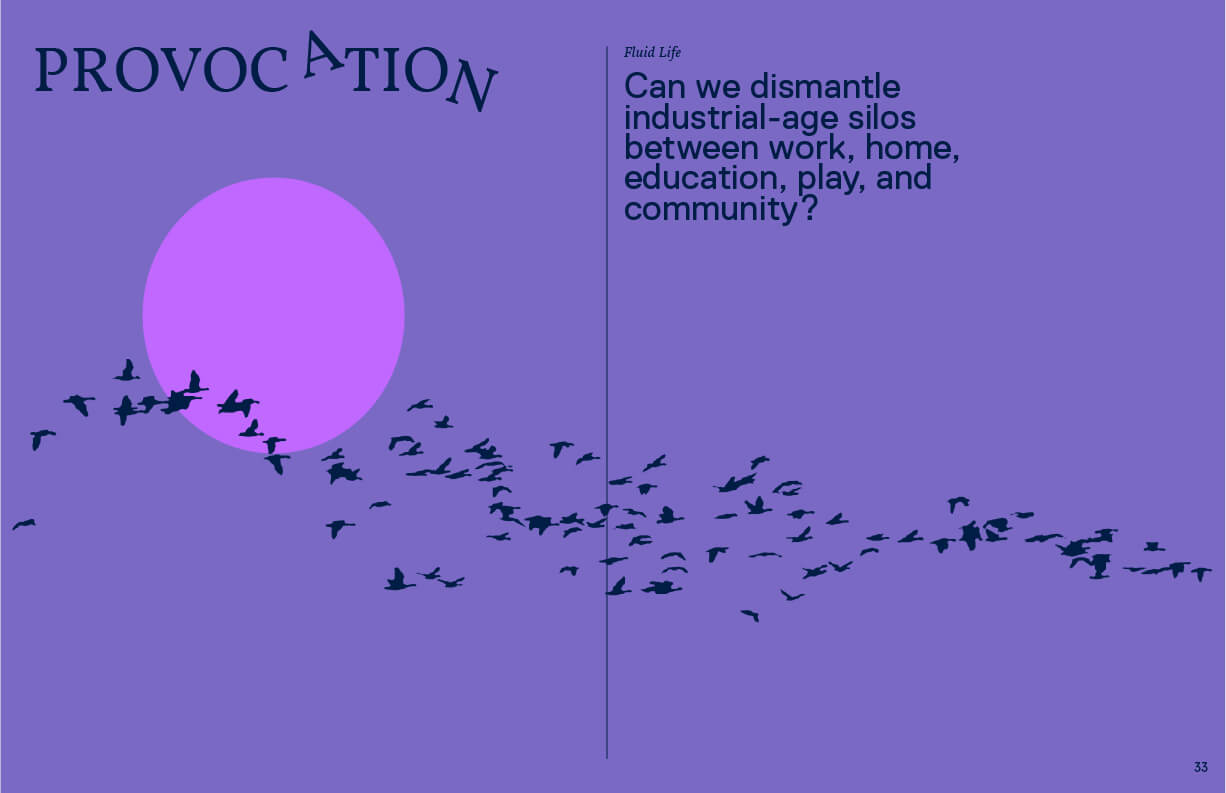
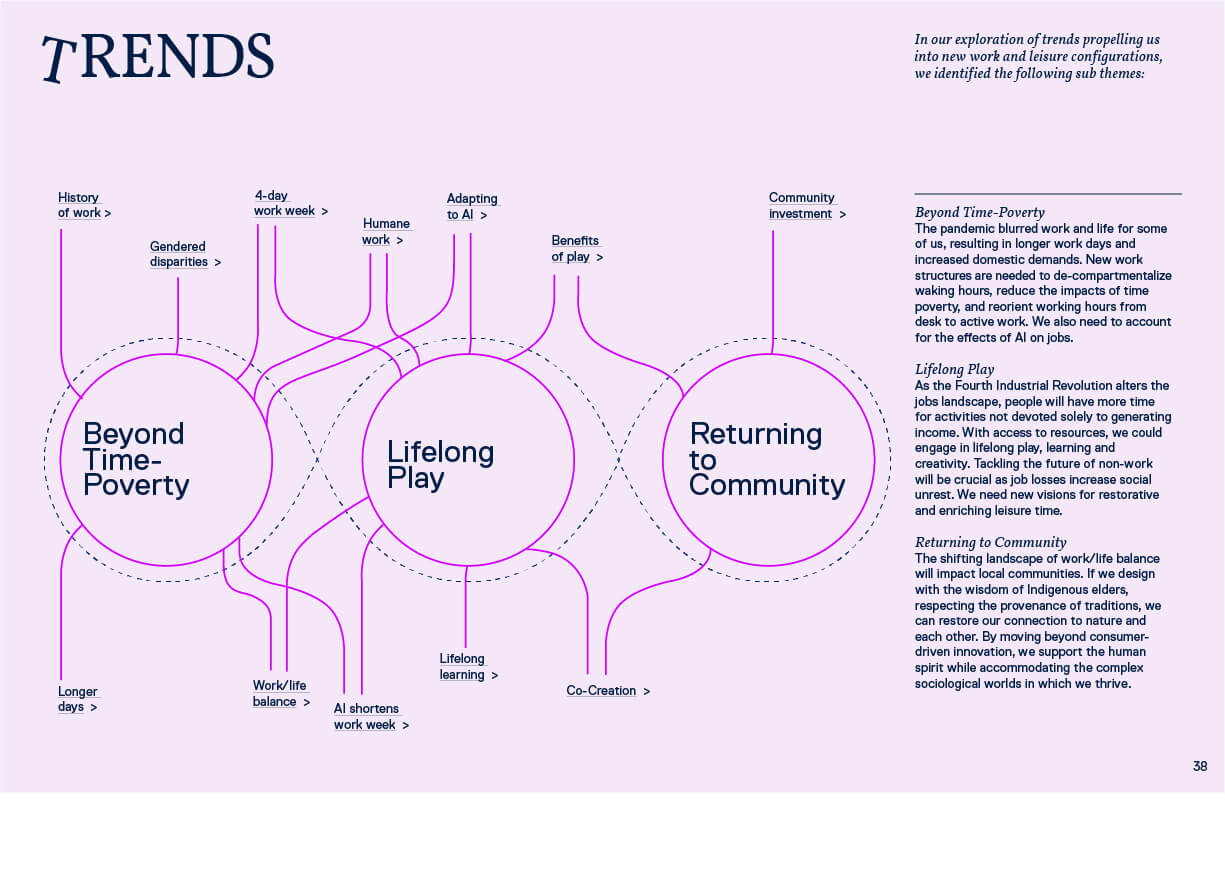
20 Decades of 2020 Anthology
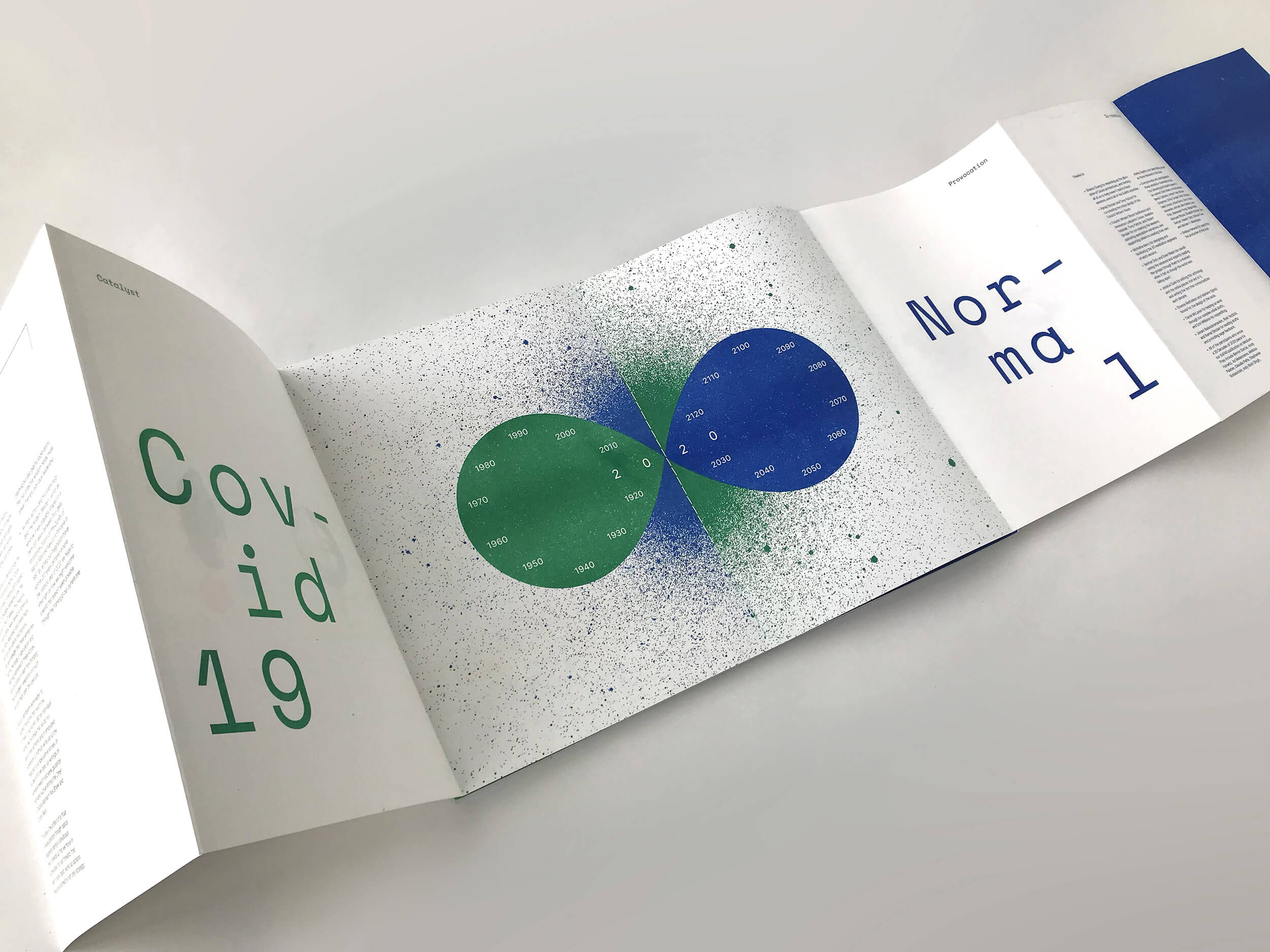
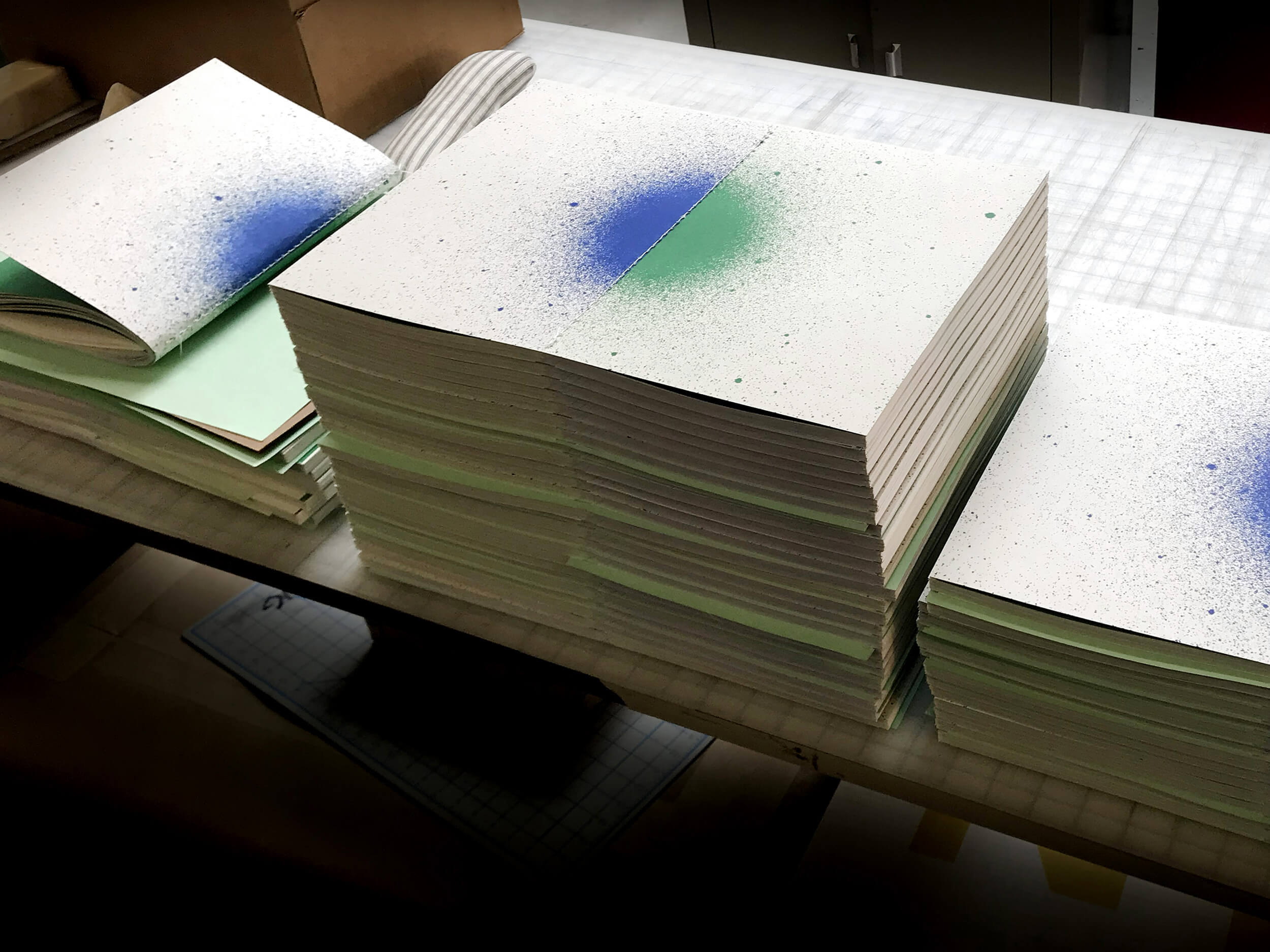
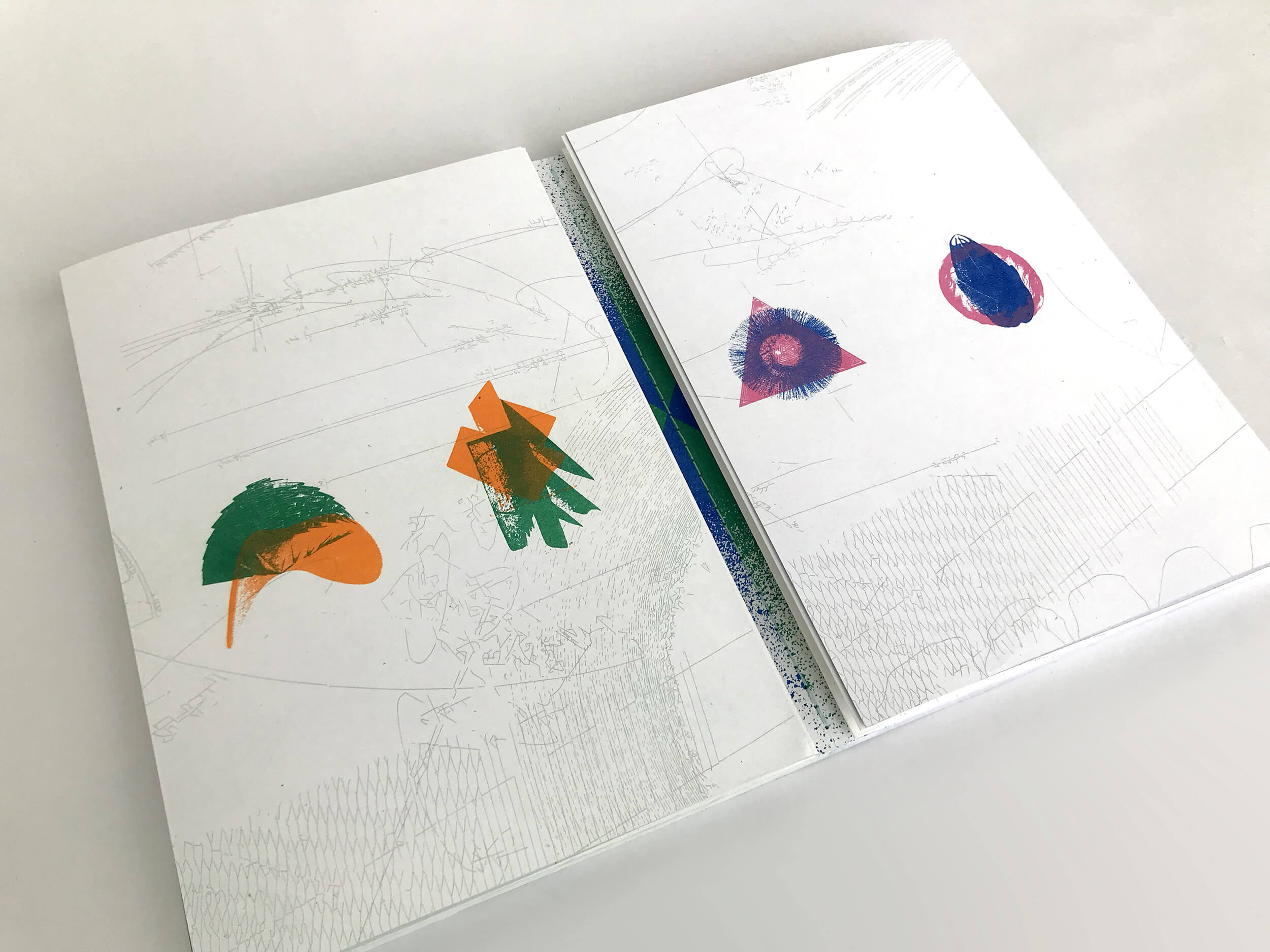
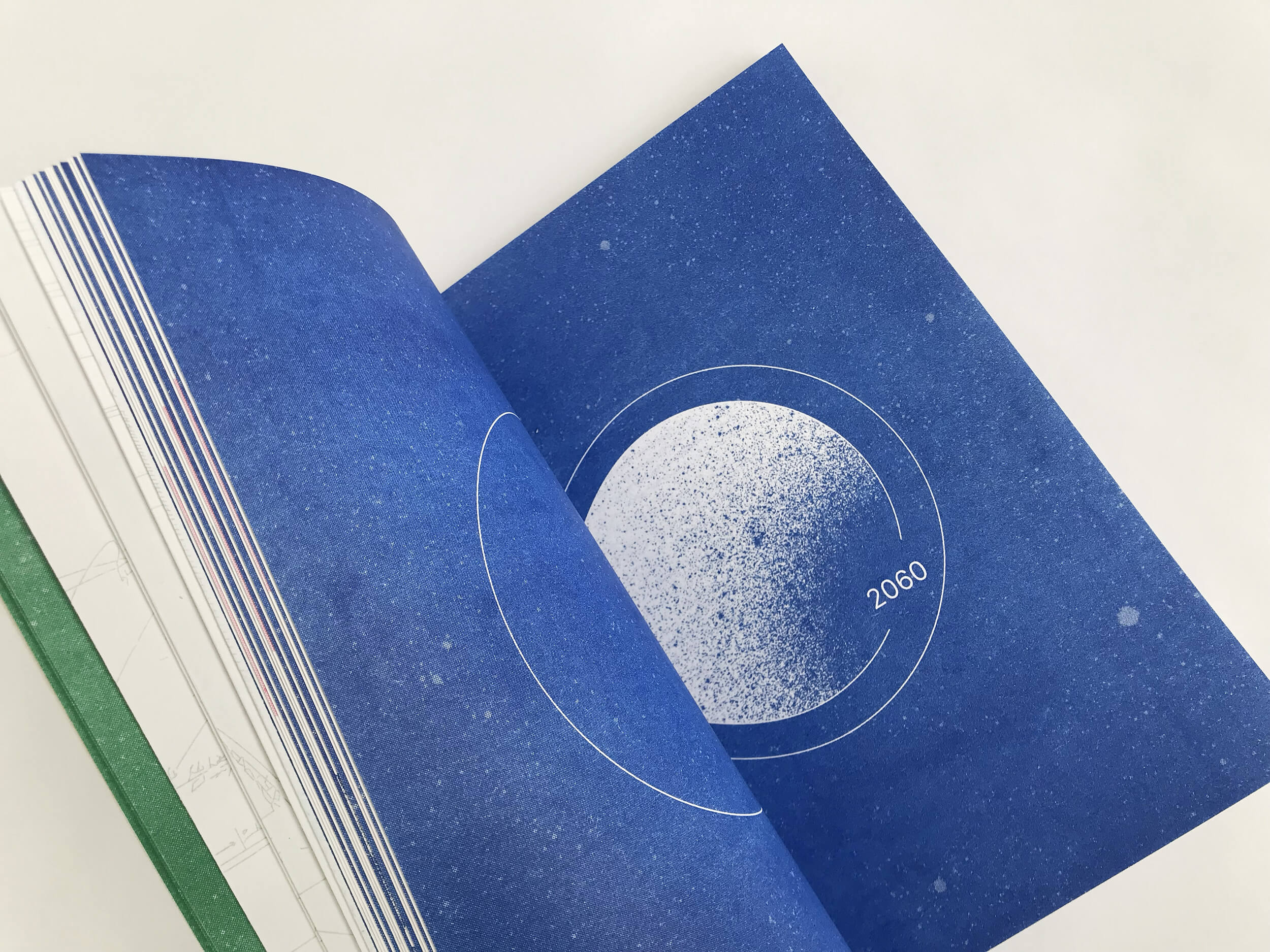
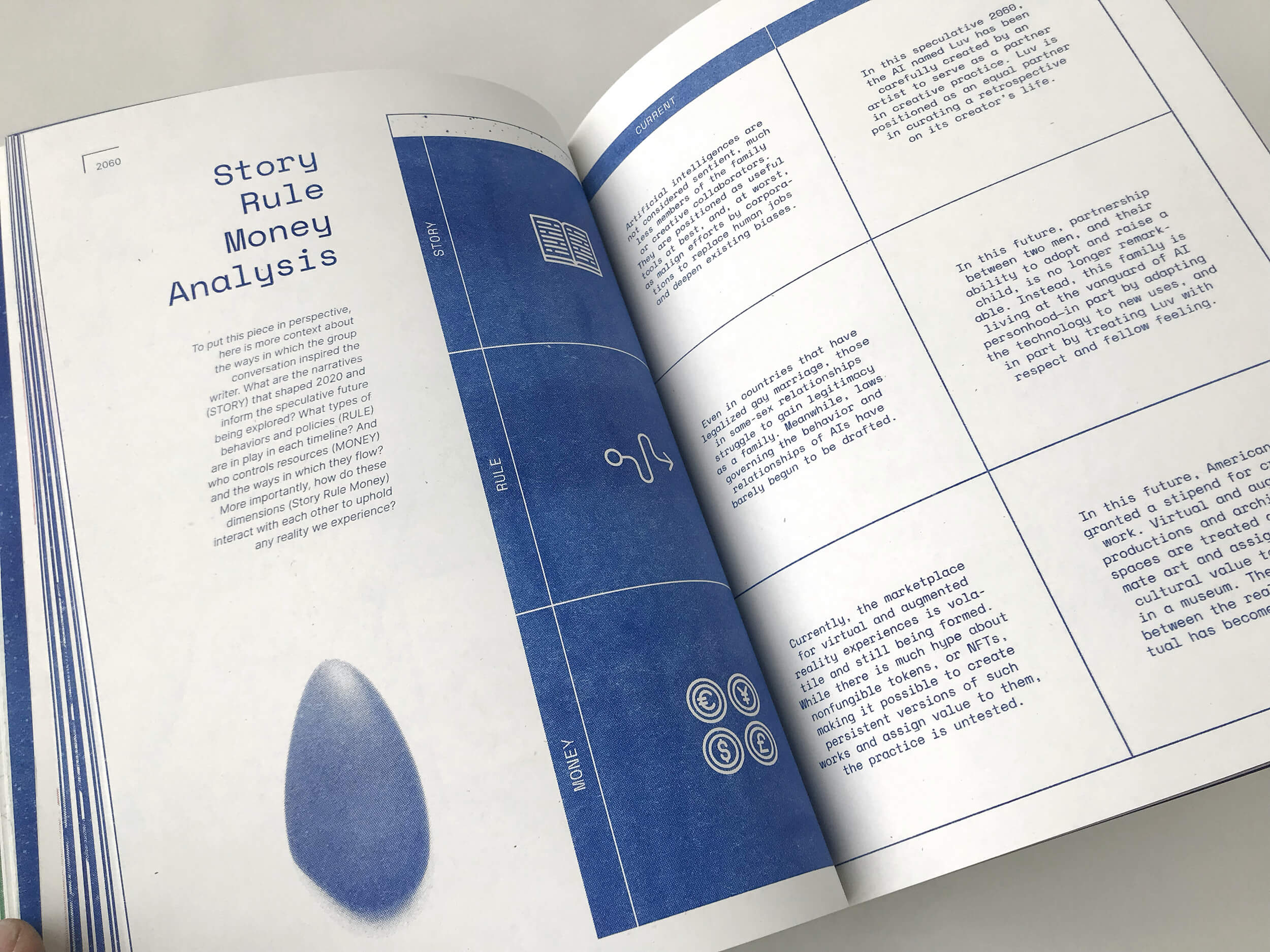
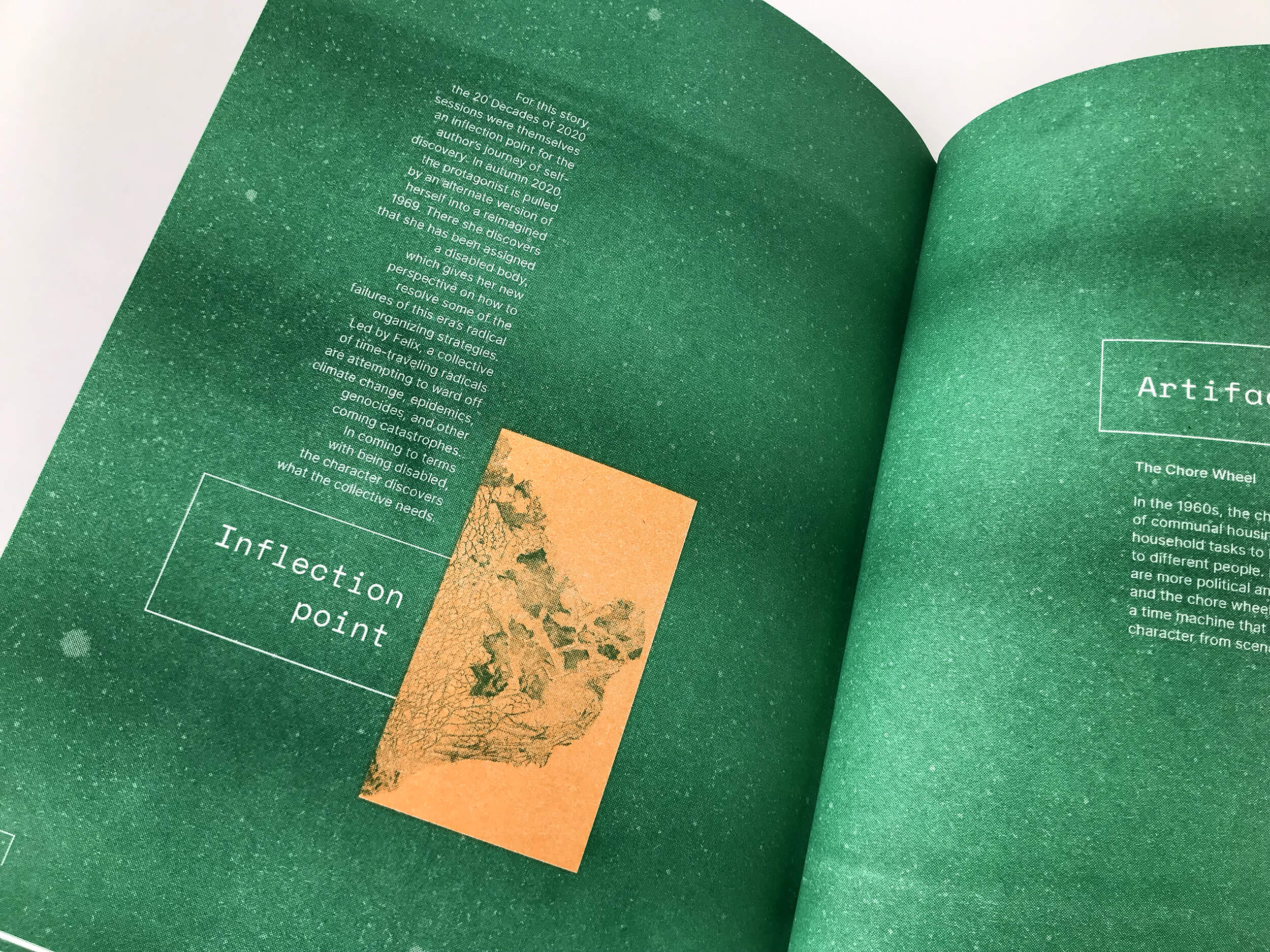
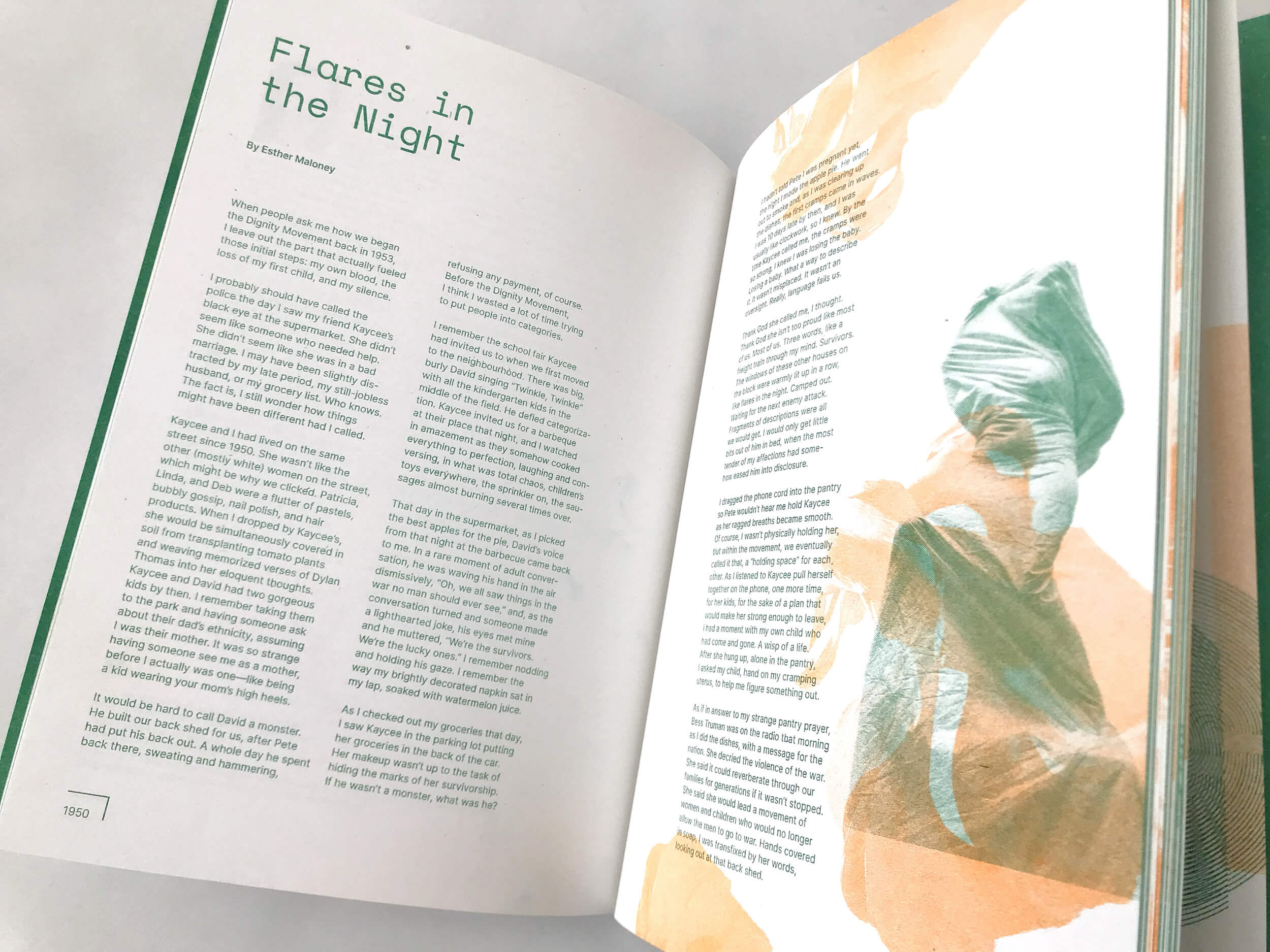
Grants & Donations
 Ford Foundation
Ford Foundation
GoFA was awarded a multi-year grant (2020 - 2023) of $750,000 from Ford Foundation's Social Impact Bond grant cycle to support future architects in the critical work of transforming the field of journalism to center perspectives and voices of BIPOC, queer, and otherly-abled people; and to support them in the work of forging collaborations between artists and scientists, technologists, economists, and social sciences in every sector of human systems design.
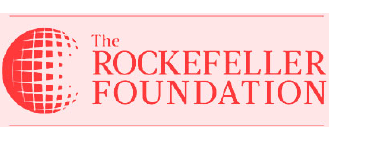 Rockefeller Foundation
Rockefeller Foundation
GoFA received a grant to curate the FoodxFilm Festival as part of the World Food Forum in October 2021. The virtual festival centered on the Future of Food with the theme of transforming food systems for a better life for everyone, everywhere.
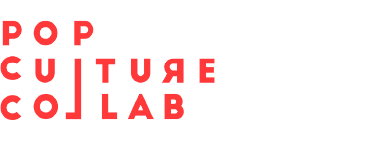 Pop Culture Collaborative
Pop Culture Collaborative
We received a grant to support the evolution of GoFA’s Community of Practice and associated networking and learning programs.
 Robert Wood Johnson Foundation
Robert Wood Johnson Foundation
We received an 18-month grant from the Future Sensing team at RWJF to support GoFA’s work across Community of Practice, Shared Futures, and Collective Wisdom.
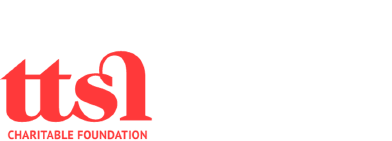 TTSL Charitable Foundation
TTSL Charitable Foundation
We continued to receive multi-year support from TTSL to strengthen our infrastructure and operation across three key areas: Community of Practice, Shared Futures, and Collective Wisdom.
 Anonymous Donor
Anonymous Donor
We received a generous donation from an anonymous donor to support GoFA’s core work, specifically focused on new models of collaboration. This funding will provide opportunities for future architects to cultivate a distinct practice aimed at breaking silos and building scaffolds.
Partnerships & Collaborations
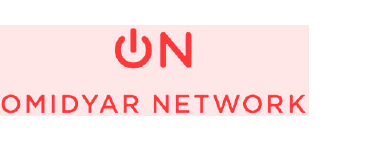 Omidyar Network
Omidyar Network
We were commissioned to curate and design Omidyar Network’s 2021 trends report: Portals to a More Beautiful Future: Trends to Watch in 2021 and Beyond.
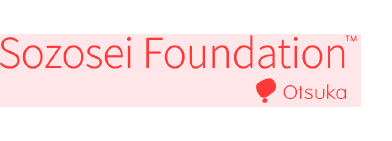 Sozosei Foundation
Sozosei Foundation
GoFA conducted a Futurist Writers’ Room at Sosozei Foundation’s 2nd Annual Summit on Decriminalizing Mental Illness. The goal: to embrace the possibilities afforded by radical imagination and co-creation. Participants included funders, community organizers and members, social workers, medical professionals, policy-makers, and state/city officials responsible for delivering services.
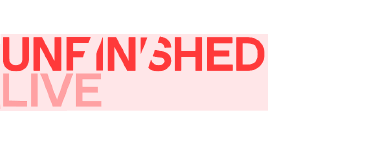 Unfinished
Unfinished
GoFA organized and ran a Futurist Writers’ Room in New York City as part of the “Unfinished Live” series.
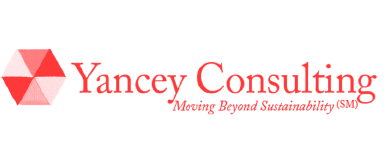 Yancey Consulting
Yancey Consulting
As part of Yancey Consulting’s strategic planning process, GoFA designed and facilitated a series of ideation workshops to catalyze the imagination of members within Pop Culture Collaborative’s ecosystem.
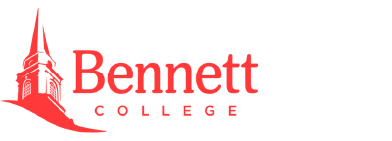 Bennett College
Bennett College
The primary focus of GoFA’s involvement was to identify narrative, policy, and behavior shifts that informed the strategic direction for Bennett College.
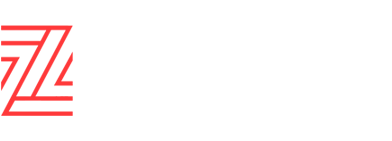 Zebras Unite
Zebras Unite
GoFA is a founding member of the Zebras Unite co-op since 2020
and expended
- How can we integrate our mission into the organism’s evolutionary trajectory?
- How can we make future architecting more broadly accessible?
- How can we make interdependence more desirable than independence?
- How can we invite different breeds of future architects to deepen our interdisciplinary practice?